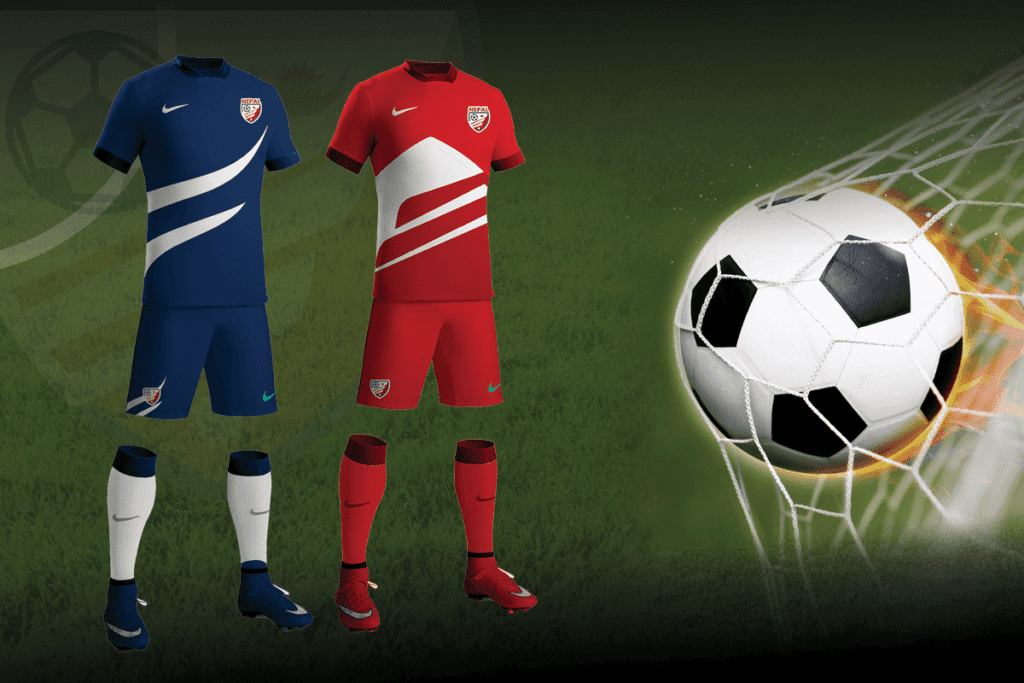For any e-commerce business, visibility is paramount. In a crowded online marketplace, simply having a great product isn’t enough; potential customers need to be able to find you. This is where Search Engine Optimization (SEO) for e-commerce comes into play. E-commerce SEO is a specialized discipline focused on optimizing online stores to rank higher in search engine results, driving organic traffic, and ultimately, increasing sales. This comprehensive guide will walk you through the essential strategies to boost your online store’s visibility and convert browsers into buyers.
The foundation of e-commerce SEO begins with thorough keyword research. Unlike traditional SEO, e-commerce keyword research focuses on transactional keywords – phrases people use when they’re ready to buy. Think “buy [product name],” “[product name] price,” or “best [product type] online.” Also, consider long-tail keywords that are more specific and often have higher conversion rates, such as “organic cotton baby clothes for newborns.” Use tools like Google Keyword Planner, SEMrush, or Ahrefs to identify high-volume, low-competition keywords relevant to your products. Categorize your keywords for product pages, category pages, and blog content.
Optimizing your product pages is critical. Each product page should be treated as a unique landing page designed to rank for specific keywords. Optimize your product titles and descriptions by naturally incorporating your target keywords. Write compelling, unique product descriptions that highlight benefits, not just features. Use high-quality images and videos, and optimize them for web by compressing file sizes and using descriptive alt text. Include customer reviews, as they provide social proof and fresh content. Ensure your product pages have clear calls to action and are easy to navigate, leading to a seamless user experience.
Category page optimization is equally important. Category pages often rank well for broader, more competitive keywords. Optimize your category page titles, meta descriptions, and introductory text with relevant keywords. Provide unique, helpful content on these pages that guides users and search engines. Implement faceted navigation (filters and sorting options) that is SEO-friendly, ensuring that each filtered view has a unique, crawlable URL. Avoid duplicate content issues that can arise from various filtering options by using canonical tags where appropriate.
Technical SEO for e-commerce ensures your site is crawlable, fast, and secure. Site speed is crucial; slow loading times lead to higher bounce rates and lower rankings. Optimize images, leverage browser caching, and use a fast hosting provider. Ensure your site is mobile-friendly, as a significant portion of e-commerce traffic comes from mobile devices. Implement an SSL certificate (HTTPS) for security, which is also a ranking factor. Use a clear URL structure that is logical and includes keywords. Create an XML sitemap to help search engines discover all your product and category pages. Regularly check for broken links and crawl errors using Google Search Console.
Building high-quality backlinks is essential for e-commerce SEO. Backlinks from authoritative websites signal to search engines that your store is trustworthy and relevant. Focus on earning natural, editorial backlinks through content marketing (e.g., creating valuable blog posts, guides, or infographics that others want to link to), influencer collaborations, and product reviews. Reach out to relevant blogs, industry publications, and online communities. Avoid black-hat SEO tactics like buying links, as these can lead to severe penalties and harm your store’s reputation.
Content marketing plays a vital role in e-commerce SEO beyond just product pages. Create a blog section on your e-commerce site to publish valuable, informative content related to your products and industry. This helps you rank for informational keywords, attract new visitors, and establish your brand as an authority. Examples include “how-to” guides, product comparisons, style guides, or industry news. This content can also be used to nurture leads and drive traffic to your product pages. Regularly update your blog content to keep it fresh and relevant, and promote it across your social media channels.
User experience (UX) and conversion rate optimization (CRO) are intrinsically linked to e-commerce SEO. A positive user experience, characterized by easy navigation, clear product information, and a smooth checkout process, encourages longer site visits and lower bounce rates, which indirectly signals to search engines that your site is valuable. CRO focuses on optimizing your website to convert more visitors into customers. While not directly an SEO factor, a higher conversion rate means more sales from your organic traffic, making your SEO efforts more profitable. Continuously analyze user behavior data and conduct A/B tests to improve both UX and CRO on your e-commerce store. By combining these strategies, e-commerce businesses can significantly boost their online visibility, attract more qualified traffic, and achieve sustainable growth in the competitive digital marketplace.
📚 For more insights, check out our complete SEO resource.


